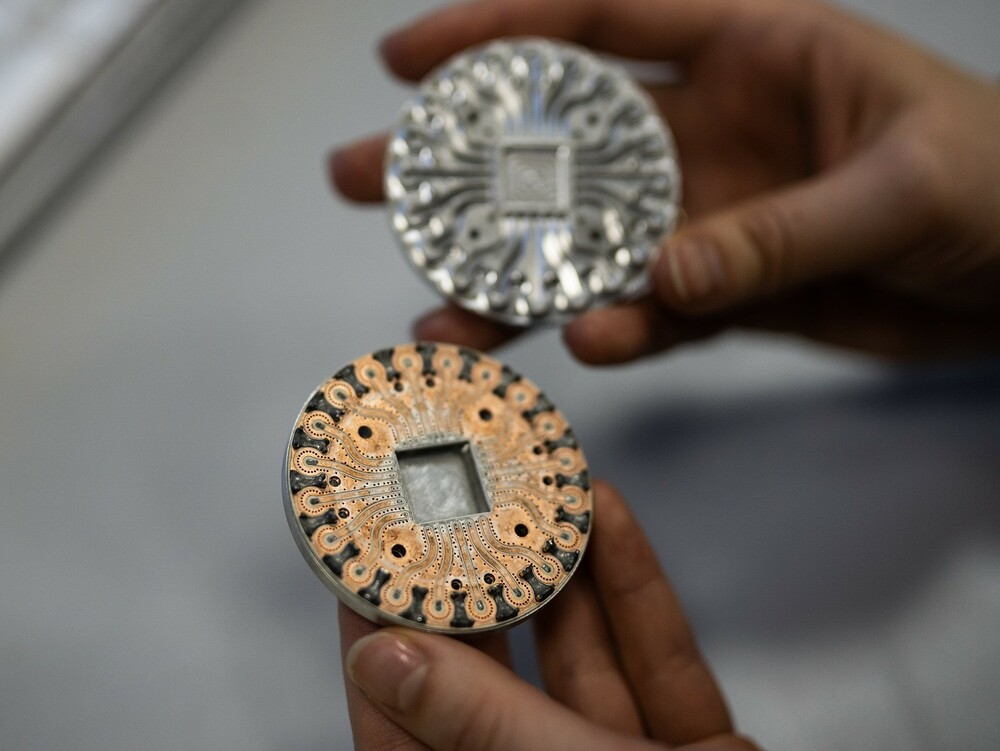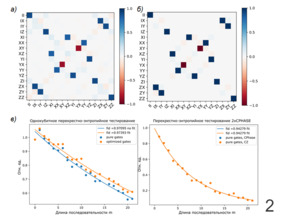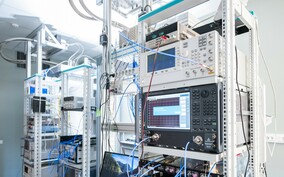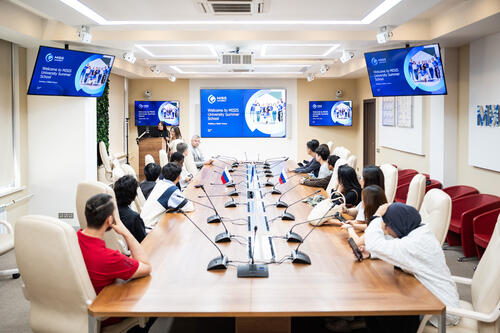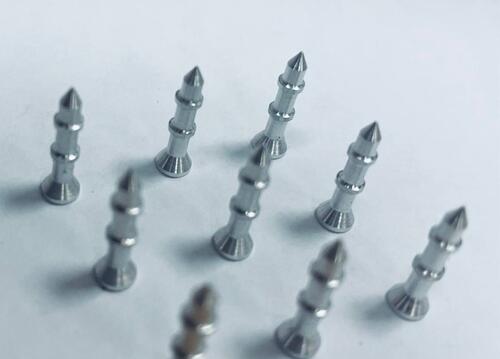Russian Scientists from the laboratory of Superconducting Metamaterials at MISIS University in collaboration with their colleagues from MIPT managed to implement a four-qubit quantum processor for the first time in Russia. The processor allows the demonstration of the Controlled-Z gate with fidelity higher than 97%. The experiment was carried out on the superconducting integrated quantum circuit developed and fabricated at the laboratory of Artificial Quantum Systems at MIPT.
Superconducting qubits are efficient and promising quantum objects for developing and implementing quantum computations. At the moment, the most commercially successful superconducting qubits are transmons, which have been actively used in quantum research of the world’s leading laboratories for the past ten years. Scientists at the Superconducting Metamaterials laboratory at MISIS University are also actively engaged in the research and development of superconducting qubit processors.
In the present study, MIPT scientists developed a transmon-based quantum integrated circuit for quantum simulations, that contains five capacitively shunted charge qubits, one of which was not used in this experiment. The qubits are electrically connected to each other and can implement two different types of interaction: swap energy between qubits and controlled change of each other’s phase in the |0⟩ and |1 ⟩ superposition.
The first type of interaction is used in quantum machine learning experiments, while the second one is convenient for implementing a CZ operation, which is the rotation of one qubit controlled by another qubit, which is necessary to create quantum entanglement in the scheme. This operation is very useful for various quantum algorithms.
To implement the non-destructive reading of qubits utilizing individual microwave resonators, the researchers used a broadband Josephson parametric amplifier, jointly developed by MIPT and MISIS scientists.
The experiment was conducted at MIPT on November 8. Both the equipment and the program code were provided by the scientists of MISIS University. This program code was developed earlier to demonstrate two-qubit operations on the two-qubit fluxonium-based quantum processor and allowed implementation of the calibrated CZ operation with a fidelity higher than 97%.
“Scientists from MISIS University for the first time in Russia have experimentally implemented algorithms of cross-entropy benchmarking and quantum process tomography. They now can be implemented to estimate the fidelity of any single- and two-qubit gate operations on superconducting qubit systems,” said Ilya Moskalenko, a researcher in the Superconducting Metamaterials laboratory at NUST MISIS.
“We managed to show highly efficient quantum operations on the
4-qubit system, which is a unique achievement for Russian quantum technologies. During the experiment, the time of a single logical operation is about 0.025 μs. This duration allows the implementation of more than 3200 gates during the lifetime of the quantum processor’s state. During the fabrication of the quantum integrated circuit, MIPT technologists have worked out important features of the technological process, which allowed us to significantly improve the key characteristics of qubits,” said Oleg Astafiev, Head of the Artificial Quantum Systems laboratory at MIPT.
The demonstration of this experiment shows that the level of the technology and the experimental capability achieved during the cooperation of MIPT and MISIS University scientists is sufficient for the implementation of medium-scale quantum devices without error correction. The next stage of the joint project will be focused on the development and testing of
Fig. 1. Optical microscope photograph of quantum integrated circuit (false color). The circuit consists of 5 qubits (the capacity of one of them is marked in green) connected with resonators (red) for individual readout. Each qubit has its magnetic flux bias line and microwave antenna for single-qubit gates (blue and yellow, respectively).
Fig. 2. a,b) Results of the quantum processes tomography (data in two-qubit Pauli representation). The CZ rotation process reconstructed from experimental data (a) is compared with the ideal one (b). c) Results of the cross-entropy benchmarking. The fidelity of a single CZ operation averaged over all qubit pairs is 97.38%.
